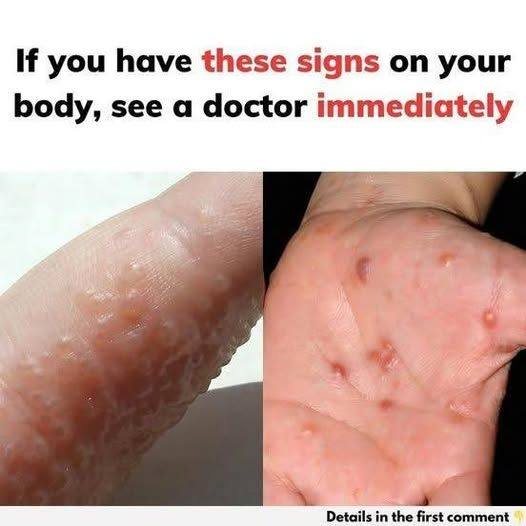
Dyshidrotic eczema, also called dyshidrosis or palmoplantar eczema, is a skin condition. It shows up as small, fluid – filled blisters on the palms, fingers, and soles. These blisters are very itchy and can cause peeling, cracking, and other issues. For sufferers, flare – ups can be physically uncomfortable and affect daily tasks.
Understanding symptoms, triggers, and treatment is key to managing it. This article explores dyshidrotic eczema, including causes, risk factors, treatments, and prevention.
What Causes Dyshidrotic Eczema?
The exact cause is unknown, but certain factors can trigger flare – ups:
- Sweating: A common trigger, though why isn’t clear. Excessive sweating may irritate the skin.
- Metal Allergies: Hypersensitivity to nickel and cobalt often contributes. Those exposed in work or daily life may have worse symptoms.
- Personal Care Products: Ingredients in soaps, moisturizers, or shampoos can irritate the skin.
- Medications: Some drugs like birth control pills or aspirin may cause flare – ups.
- Smoking: Exposure to tobacco, whether smoking or second – hand, is linked to more eczema symptoms.
- Stress: High stress levels can increase the frequency or severity of outbreaks.
- Weather Changes: Temperature shifts, especially warm, humid weather, can make symptoms worse.
Triggers can vary, and knowing your own is important for management.
Who Is at Risk?
Several factors increase the risk:
- Genetics: A family history of eczema or other skin conditions raises the risk.
- Allergy History: People with allergies like hay fever, asthma, or allergic sinusitis are more prone.
- Occupational Exposure: Those working with metals, cement, etc., are at higher risk.
- Age Group: It’s most common in 20 – 40 – year – olds, but can occur at any age.
- Pre – existing Skin Infections: Conditions like athlete’s foot can predispose to dyshidrotic eczema, especially on the soles.
Identifying risk factors early helps manage eczema.